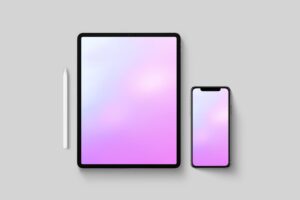Digital products are intangible goods or content that are created, distributed, and consumed in a digital format. Unlike physical products, digital products exist purely in electronic form and can be downloaded, accessed, or transmitted electronically. These products can include various types of content, services, or software that are designed for digital consumption. Here are some common examples of digital products:
-
E-books: Electronic books that can be read on devices such as e-readers, tablets, or smartphones.
-
Online Courses: Educational or instructional materials provided in digital format, typically consisting of video lessons, presentations, quizzes, and assignments.
-
Software: Computer programs or applications that perform specific functions or provide specific services, such as productivity software, graphic design tools, or video editing software.
-
Templates: Pre-designed digital files that serve as a starting point for creating various types of documents, presentations, websites, or graphics.
-
Music and Audio Files: Digital music albums, singles, or audio tracks that can be downloaded or streamed online.
-
Artwork and Graphics: Digital illustrations, photographs, or graphic designs available for download or licensing.
-
Videos and Films: Digital video content, including movies, TV shows, documentaries, or video clips.
-
Mobile Applications: Apps designed for mobile devices, available for download from app stores, and offering various functionalities or services.
-
-
Stock Photography and Stock Footage: High-quality digital images or video clips that are licensed for commercial or personal use.
-
Digital Subscriptions: Access to digital content or services on a recurring basis, such as online magazines, newspapers, streaming platforms, or membership sites.
Digital products offer advantages such as instant delivery, scalability, and the ability to reach a global audience. They can be purchased, downloaded, or accessed online, providing convenience and flexibility to consumers. For creators, digital products often involve lower production and distribution costs compared to physical goods, allowing for higher profit margins and the potential for passive income streams.





